

[more here](www.aviso.altimetry.fr/fr/missions/...)
#CNES #CLS
Mechanism is thrust on a shallow SE or NW dipping fault.
General context is the India-Asia collision which placed the region under a N-S shortening. ⚒️

Mechanism is thrust on a shallow SE or NW dipping fault.
General context is the India-Asia collision which placed the region under a N-S shortening. ⚒️
[more here](www.aviso.altimetry.fr/fr/missions/...)
#CNES #CLS

[more here](www.aviso.altimetry.fr/fr/missions/...)
#CNES #CLS

[more here](www.aviso.altimetry.fr/fr/missions/...)
#CNES #CLS
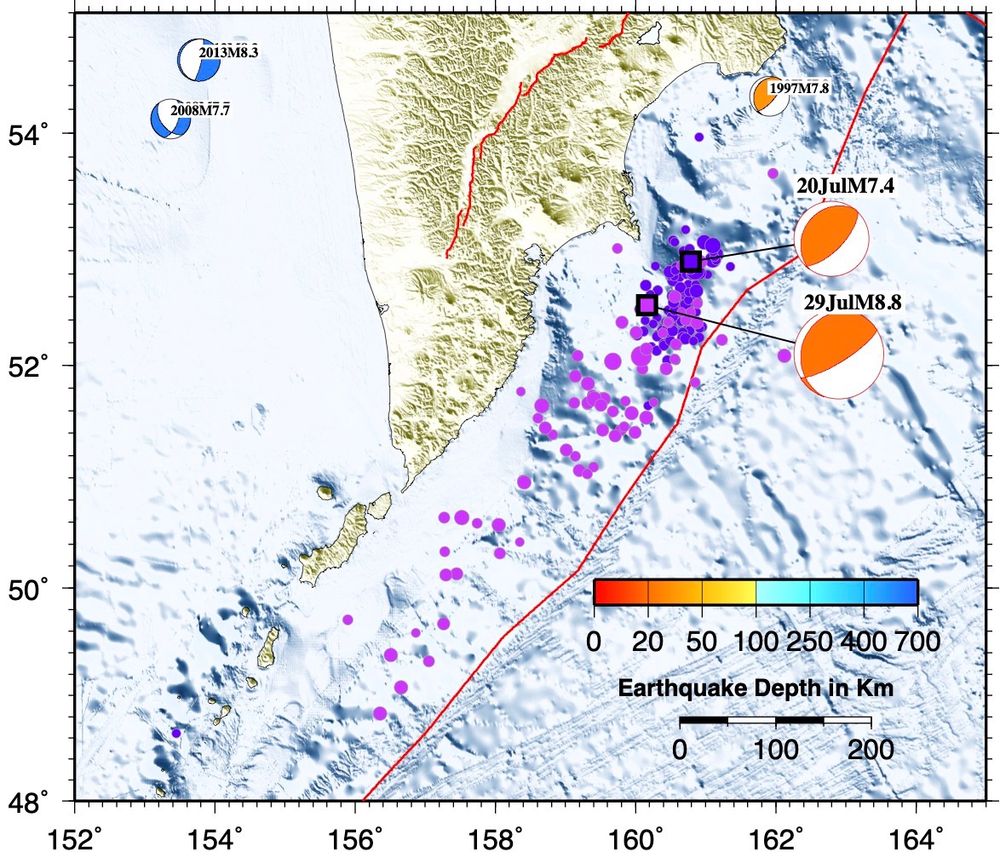
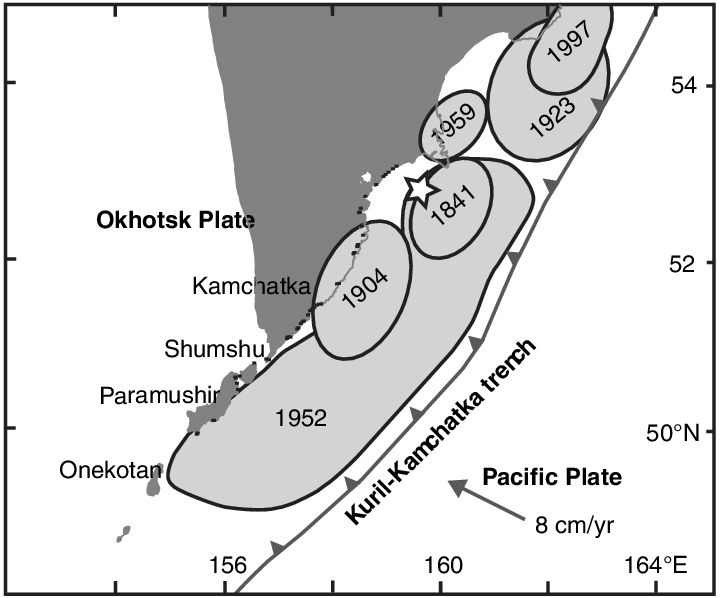
A M8.8 earthquake just ruptured the subduction zone offshore Russia’s Kamchatka peninsula. This is one of the world’s truly huge earthquakes, and a triggered tsunami is currently traveling across the Pacific ocean.
This same fault ruptured on July 20th in a M7.4, and last August in a M7.1.
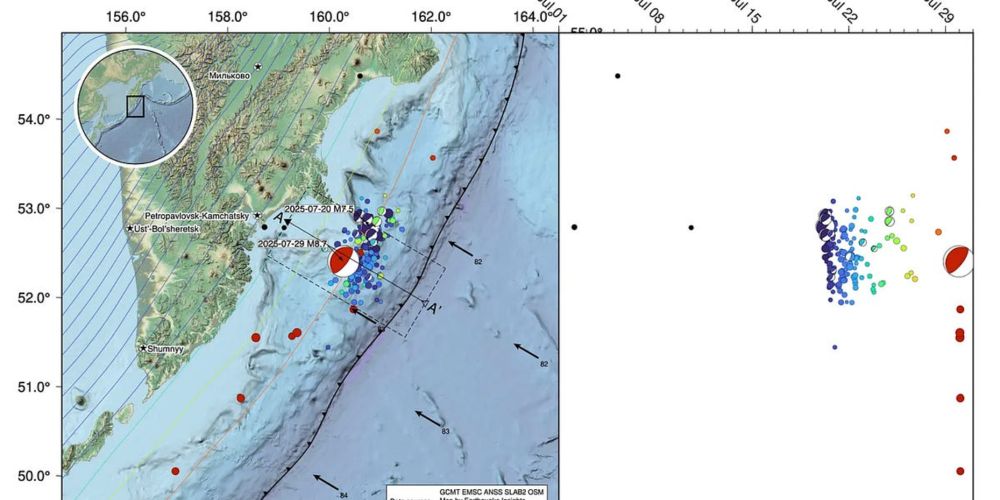
A M8.8 earthquake just ruptured the subduction zone offshore Russia’s Kamchatka peninsula. This is one of the world’s truly huge earthquakes, and a triggered tsunami is currently traveling across the Pacific ocean.
This same fault ruptured on July 20th in a M7.4, and last August in a M7.1.
Les sdf, les pauvres, les malades, les retraités, les enfants, les agriculteurs, les ouvriers, victimes de la chaleur, comptent donc si peu pour nos parlementaires?
🤢🤢🤢
Apprenez les bons gestes:


Les sdf, les pauvres, les malades, les retraités, les enfants, les agriculteurs, les ouvriers, victimes de la chaleur, comptent donc si peu pour nos parlementaires?
🤢🤢🤢
eos.org/research-spo...
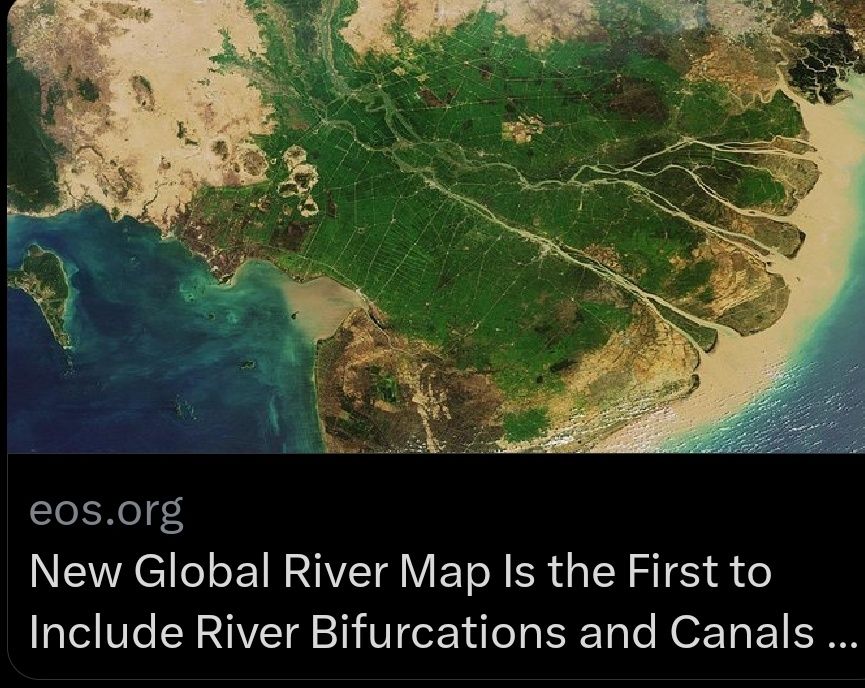
eos.org/research-spo...
ieeexplore.ieee.org/document/109...

ieeexplore.ieee.org/document/109...

Right-lateral offset of ~3.2m is clearly illustrated by the distorsion and lateral shift of a dirt road striking E-W.
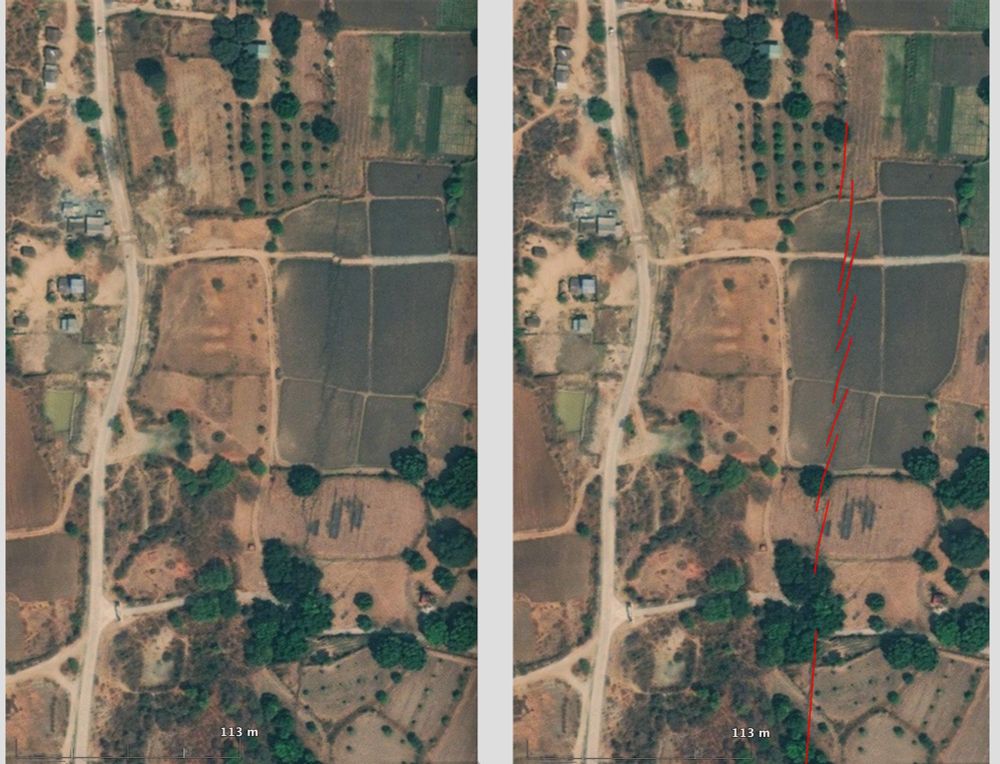
Right-lateral offset of ~3.2m is clearly illustrated by the distorsion and lateral shift of a dirt road striking E-W.


doi.org/10.5066/P1RY...
Simple fault trace and slip distribution from pixel tracking, high-res from available imagery. Watch for updates!
⚒️ USGS and collaborators effort led by @nadinegrr.bsky.social 🙏

doi.org/10.5066/P1RY...
Simple fault trace and slip distribution from pixel tracking, high-res from available imagery. Watch for updates!
⚒️ USGS and collaborators effort led by @nadinegrr.bsky.social 🙏
#Copernicus
1. Rupture propagated from N to S
2. Max. offset >4m
3. Rupture length ~500km

#Copernicus
1. Rupture propagated from N to S
2. Max. offset >4m
3. Rupture length ~500km
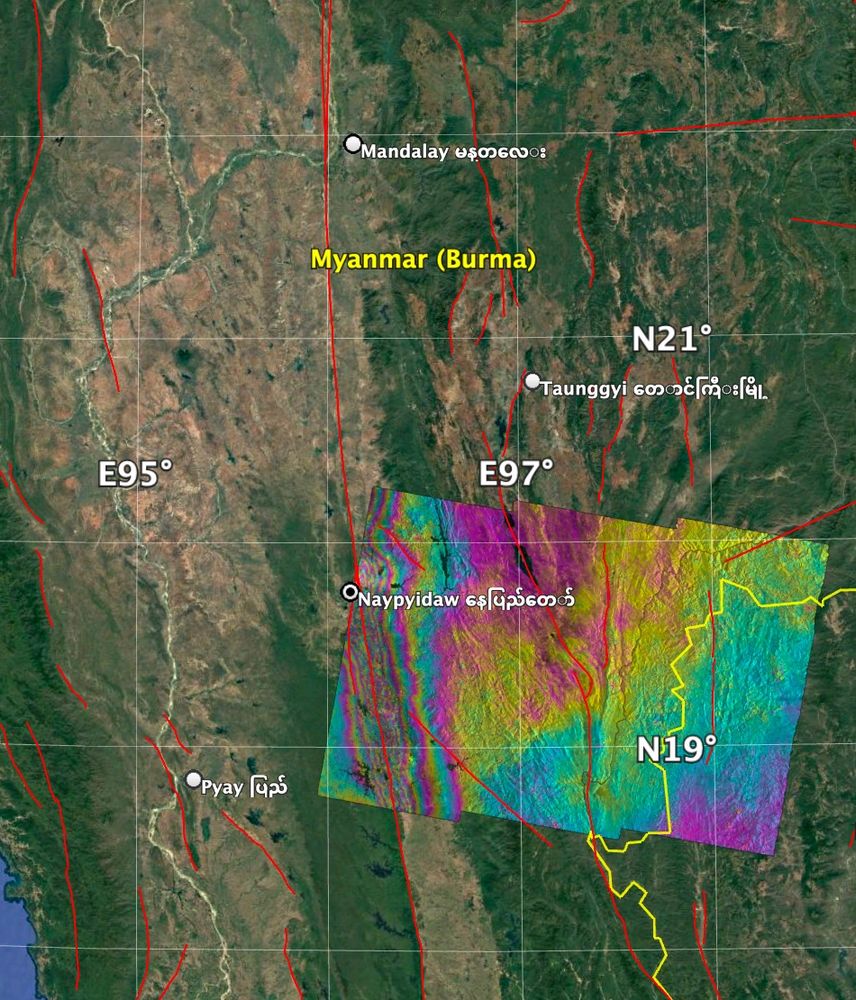
Two days after the M7.7 earthquake in Myanmar, what have we learned?
Rapid seismological analyses shared by scientists suggest that the rupture was both longer and faster than expected - two factors that could have increased damage.
Read more: earthquakeinsights.substack.com/p/updates-on...

Two days after the M7.7 earthquake in Myanmar, what have we learned?
Rapid seismological analyses shared by scientists suggest that the rupture was both longer and faster than expected - two factors that could have increased damage.
Read more: earthquakeinsights.substack.com/p/updates-on...
⚒️ 🧪 Myanmar earthquake

⚒️ 🧪 Myanmar earthquake




(Good to see that USGS NEIC is still online!)🧪⚒️

(Good to see that USGS NEIC is still online!)🧪⚒️
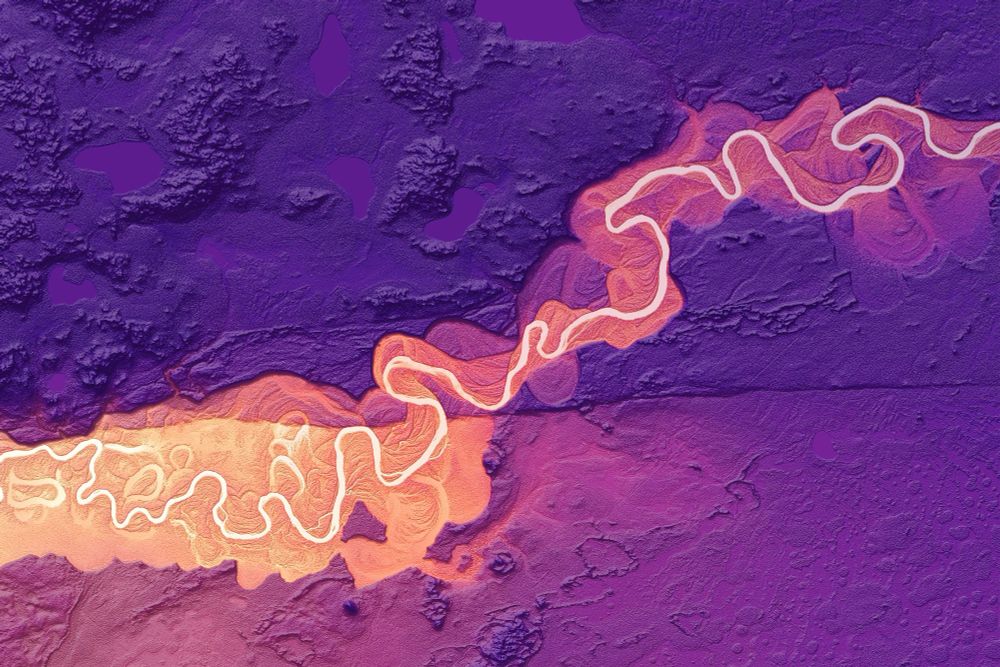
The joint @nasa-@IsrO mission will scan nearly all of Earth’s land and ice surfaces to measure changes down to fractions of an inch: https://blogs.nasa.gov/nisar
The joint @nasa-@IsrO mission will scan nearly all of Earth’s land and ice surfaces to measure changes down to fractions of an inch: https://blogs.nasa.gov/nisar

